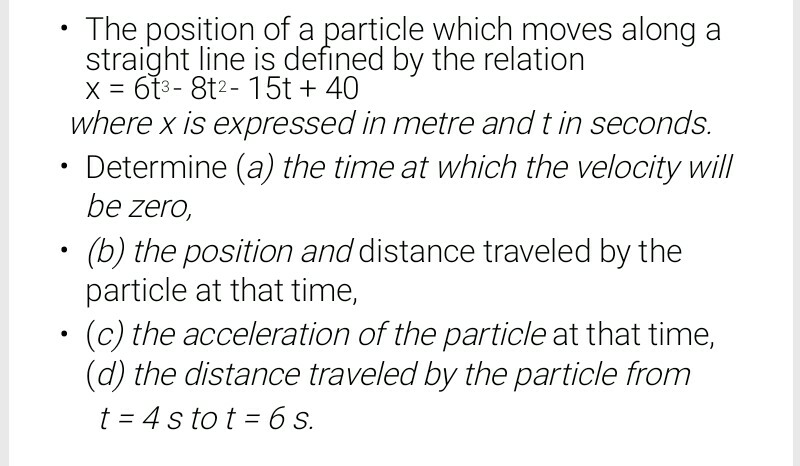
AllQuestion and Answers: Page 1941
Question Number 14752 Answers: 1 Comments: 4
Question Number 14749 Answers: 1 Comments: 0
Question Number 14747 Answers: 1 Comments: 0
Question Number 14742 Answers: 0 Comments: 3
Question Number 14724 Answers: 2 Comments: 1

Question Number 14719 Answers: 0 Comments: 8

Question Number 14715 Answers: 2 Comments: 2
Question Number 14708 Answers: 1 Comments: 0
Question Number 14703 Answers: 0 Comments: 1

Question Number 14702 Answers: 1 Comments: 0

Question Number 14701 Answers: 1 Comments: 2

Question Number 14692 Answers: 1 Comments: 0

Question Number 14688 Answers: 2 Comments: 0
Question Number 14682 Answers: 1 Comments: 0

Question Number 14677 Answers: 1 Comments: 0
Question Number 14667 Answers: 1 Comments: 2

Question Number 14668 Answers: 2 Comments: 3

Question Number 14664 Answers: 1 Comments: 0
Question Number 14661 Answers: 1 Comments: 1

Question Number 14658 Answers: 1 Comments: 0
Question Number 14660 Answers: 0 Comments: 2

Question Number 14646 Answers: 0 Comments: 0
Question Number 14633 Answers: 3 Comments: 1
Question Number 14632 Answers: 2 Comments: 0
Question Number 14630 Answers: 0 Comments: 2
Question Number 14882 Answers: 0 Comments: 6
Pg 1936 Pg 1937 Pg 1938 Pg 1939 Pg 1940 Pg 1941 Pg 1942 Pg 1943 Pg 1944 Pg 1945
